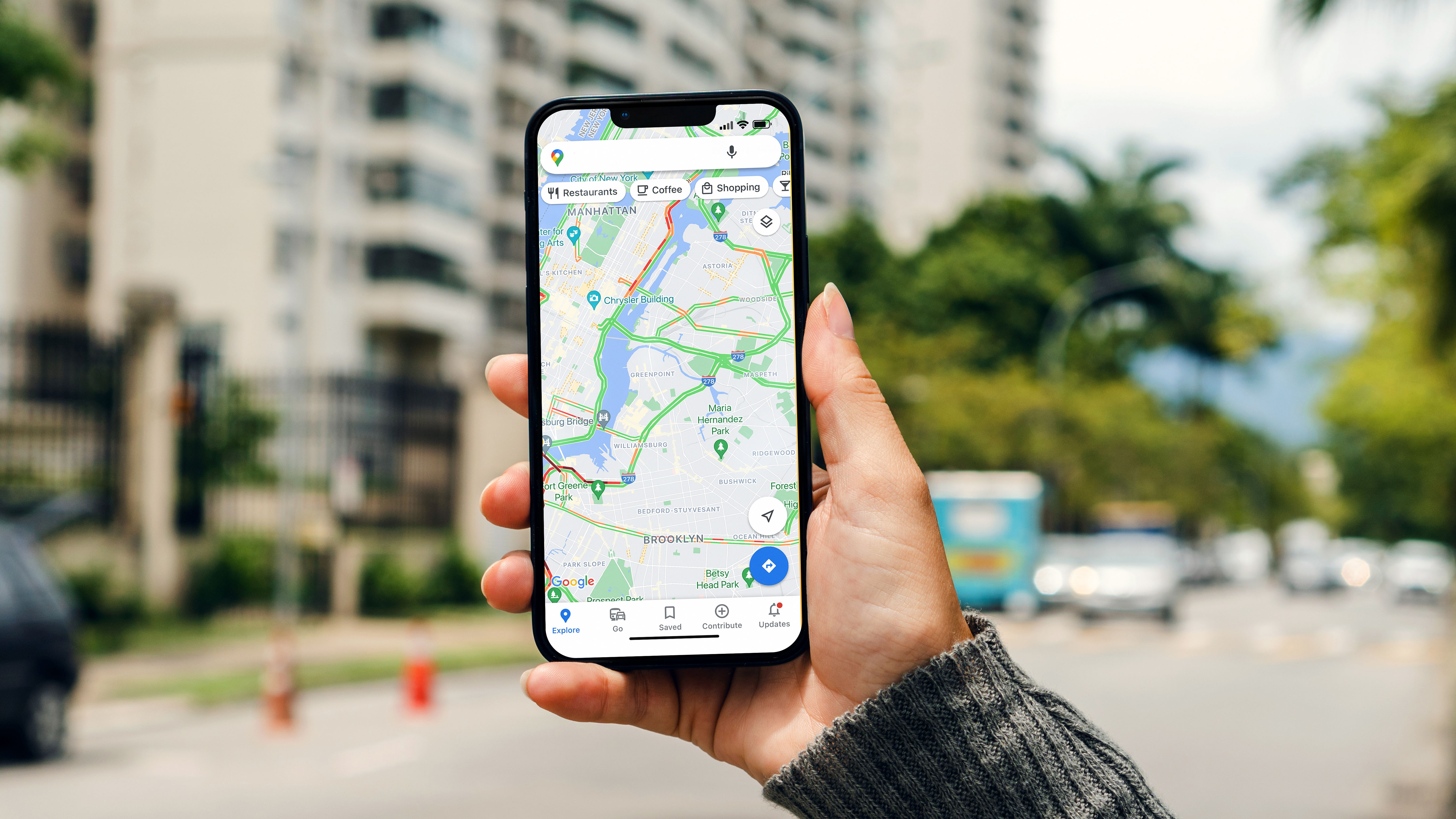Google Maps is getting a crucial change to the way your location data is stored — what you need to know
More control over your Location History

Google is making a pretty crucial change to the way Google Maps stores location data. The change is a bid to give users more control over their privacy, something many people have been asking for. The search giant has announced that location data — viewable through a Google Maps feature called My Timeline — will be stored locally rather than on the company’s servers.
Whether you use the service on Android or iOS, the data will now be “saved right on your device” and you can, at any time, delete all or part of the information.
And for those who do want to keep the Timeline data in the cloud (perhaps before switching to a new phone), that option will still be available with end-to-end encryption in place.
If you haven’t used Timeline before, it’s exactly what you’d think: a timeline of the locations you and your phone have been to, powered by Google Maps. It’s essentially a user interface for managing your location history.
Google explains it is “gradually” rolling out this change to Android and iOS “through the next year” and will notify users when “when this update comes to your account.”
There are a couple of other small changes also being implemented to give you a bit more of a say in how Google Maps manages your location data. Firstly, when you first turn Location History on (it’s off by default) because you want to build a timeline, you’ll see an auto-delete option. While this was previously set to 18 months, it will now start at just three months. After which, all the information will be scrapped unless you say otherwise.

Secondly, Google says it's making it easier to track your recent activity inside the Maps application, ensuring getting rid of anything you don’t want will be simpler. Users will be able to see all recent activity on the app related to a specific place and can easily delete searches, directions, visits, and shares. The option to delete place-related activity from Maps will also start rolling out to both Android and iOS “in the coming weeks”.
Get instant access to breaking news, the hottest reviews, great deals and helpful tips.
Furthermore, Google says it’s making these changes easier to find for users who don’t want to trawl through settings. You can find all the above options by opening Google Maps and tapping on the blue dot that represents your location. “At a glance, you'll see whether your Location History or Timeline settings are turned on and whether you’ve given Maps access to your device’s location,” explained Marlo McGriff, Director of Product, Google Maps, in a blog post detailing the changes.
You can find all these options by opening Google Maps and tapping on the blue dot that represents your location"
For the uninitiated, Google stores location information wherever you go with any mobile device signed into your Google Account with Location History and Location Reporting turned on. The company uses that data to offer personalized maps and recommendations as well as providing real-time traffic info. Of course, you’ll get personalized ads, too. Adding these extra features isn’t going to stop Google from knowing a whole lot about you, but it does give you a few more tools to put safeguards in place should you choose.
More from Tom's Guide
- 9 hidden Google Maps features everyone should know
- Google Maps vs Waze: Which is better for you?
- The best phones right now

Jeff is UK Editor-in-Chief for Tom’s Guide looking after the day-to-day output of the site’s British contingent.
A tech journalist for over a decade, he’s travelled the world testing any gadget he can get his hands on. Jeff has a keen interest in fitness and wearables as well as the latest tablets and laptops.
A lapsed gamer, he fondly remembers the days when technical problems were solved by taking out the cartridge and blowing out the dust.
